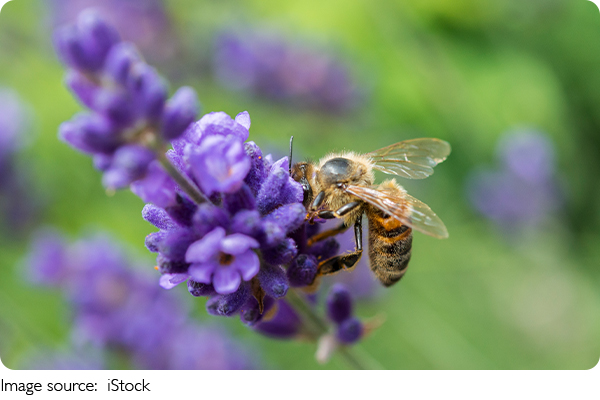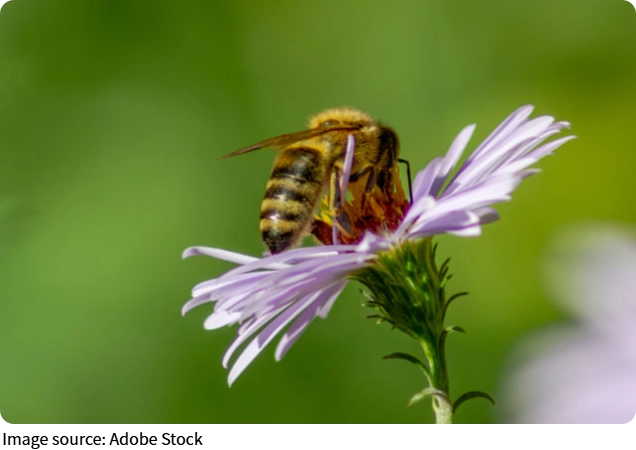Bee Dance Code

Have you ever wondered how honeybees, tiny creatures with no spoken language, manage to organize their colonies and find food miles away from home?
The answer lies in an extraordinary communication method: the bee dance. In particular, the waggle dance—a kind of elegant, figure-eight movement—helps bees share detailed information about the direction, distance, and quality of food sources.
But the dance is just the tip of the iceberg. Behind it lies a highly structured and cooperative insect society that rivals even some human systems. Let's dive into this buzzing world of bee communication and social intelligence.
The Waggle Dance: Nature's (Navigation System by Satellite)
The waggle dance was first decoded in the 1940s by Nobel Prize-winning Austrian ethologist Karl von Frisch. When a foraging bee discovers a rich source of nectar or pollen, it returns to the hive and performs this unique dance. The waggle part of the dance—the straight run while shaking its body—tells other bees the direction of the food relative to the sun. The length of the waggle run indicates distance: the longer the waggle, the farther the food source. It's like a built-in navigation system by satellite, based entirely on movement and timing.
Direction and Distance Explained
Here's how it works in more detail. Bees use the vertical surface of the hive as a reference. A waggle run that goes straight up means the food is located directly in line with the sun. If the bee waggles at a 60-degree angle to the left, the food lies 60 degrees left of the sun. For distance, a waggle that lasts 1 second may represent a distance of about 1 kilometer. The more energetic and repeated the dance, the more excited the bee is about the resource's quality. This allows others to prioritize which food sources to visit first.
A Social Network Without Words
Bee communication is not just about food. The dance is part of a broader social system where every bee has a role—from queen and drones to nurse bees and foragers. There's no central control in a beehive; rather, bees operate through decentralized decision-making, where cues from one another trigger actions across the colony. This kind of networked intelligence helps them adapt to challenges such as food scarcity, predators, or weather changes.
Efficiency in Numbers
The waggle dance allows honeybees to recruit workers to the best food locations, increasing foraging efficiency. Researchers have found that bees who rely on dance information gather more nectar than those that forage randomly. It's an elegant example of collective learning. As more bees validate and repeat a successful dance, the colony's confidence in that resource grows, resulting in coordinated group behavior.
Scientific Experiments and Evidence
Multiple experiments support the effectiveness of bee dances. For instance, when scientists manipulated the hive environment or the sun's position using mirrors, bees still adjusted their dances accordingly. In one classic experiment, bees were trained to find food at artificial feeders placed at various distances and angles. Observing their dances under controlled conditions confirmed that bees consistently communicated precise directional and distance information.
How Young Bees Learn to Dance
Interestingly, bees aren't born with a perfect dance routine. Younger foragers perform what scientists call "tremble dances" or less precise versions of the waggle dance. Over time, they improve by observing others and through trial and error. This learning process mirrors social learning in higher animals and even humans. It shows that communication in bees isn't purely instinctual—it involves elements of experience and refinement.
The Role of Scent and Vibration
In addition to the visual cues from the waggle dance, bees also use scent and vibrations. As the dancer moves, it emits specific pheromones that signal the type of flower or food source found. The subtle vibrations on the comb during the dance help nearby bees tune into the message even if they can't see it clearly. This multi-sensory messaging increases the chances of successful communication in the dark and crowded hive.
Social Intelligence and Colony Health
A healthy beehive is one that communicates well. If dance signals are disrupted—say, by pesticides or disease—the colony may fail to gather enough resources. Some researchers believe that monitoring bee dance behavior can be an early indicator of environmental stress. In fact, declines in dance precision have been linked to exposure to certain agricultural chemicals. Protecting bee communication systems is not only vital for their survival but also for ours, since bees pollinate around one-third of the crops we eat.

Comparison with Human Communication
While human language is verbal and symbolic, bee communication is spatial and kinesthetic. Yet both share core functions: sharing information, coordinating action, and building social bonds. It's astonishing how such a tiny brain—only about 960,000 neurons—can produce such complex behavior. This has inspired researchers in fields ranging from robotics to artificial intelligence, seeking to mimic decentralized systems for improved design.
Why It Matters for Us
Understanding how bees communicate offers more than scientific insight—it has practical applications in agriculture, environmental conservation, and even technology design. With bee populations under threat globally, learning how they live and work can help us better protect them. Encouraging bee-friendly farming practices and minimizing chemical exposure can preserve not just their lives but the delicate ecological balance they help maintain.
Conclusion: Let's Keep the Dance Alive
The next time you see a bee hovering over a flower, remember—it might be on a mission sent through a complex, silent dance. The waggle dance is more than a quirky behavior; it's a symbol of how nature communicates in ways we're only beginning to understand. What do you think we can learn from these tiny dancers about community and teamwork? Leave your thoughts—and keep watching the bees!
-
 Master Macaron MagicMaster Macaron Magic: Beginner-Friendly French Macaron Recipe and Tips for Perfect, Colorful Treats!
Master Macaron MagicMaster Macaron Magic: Beginner-Friendly French Macaron Recipe and Tips for Perfect, Colorful Treats! -
 Natural Makeup StepsHow we beginners create a fresh, natural "no-makeup" look with simple, easy-to-follow steps anyone can master.
Natural Makeup StepsHow we beginners create a fresh, natural "no-makeup" look with simple, easy-to-follow steps anyone can master. -
 Power Breakfast BoostFuel Your Day Right: The Best Breakfast Pairings for Lasting Energy
Power Breakfast BoostFuel Your Day Right: The Best Breakfast Pairings for Lasting Energy